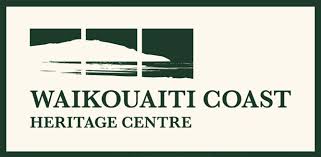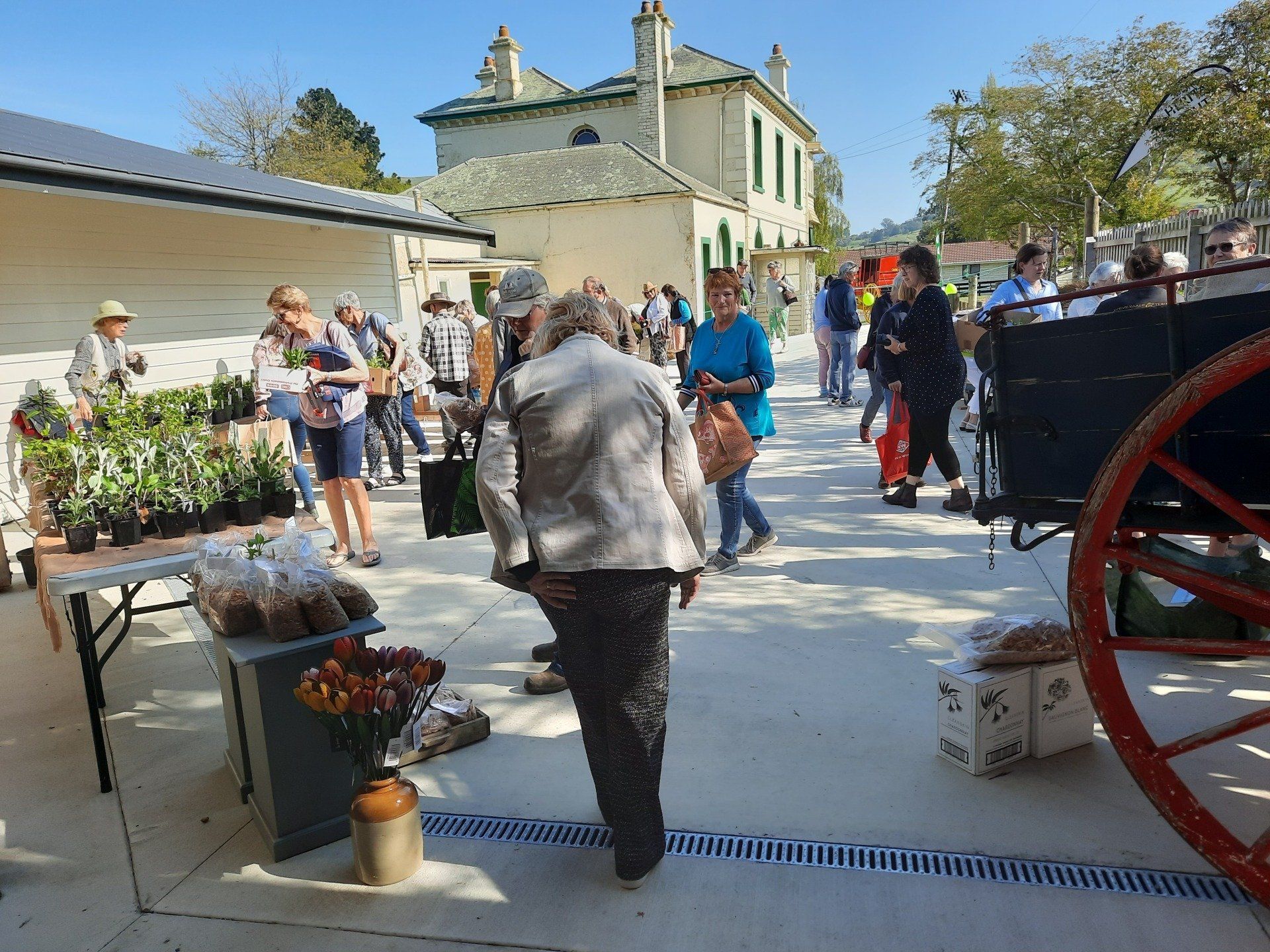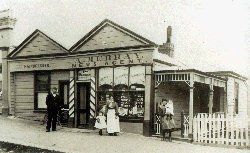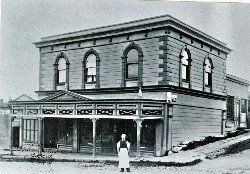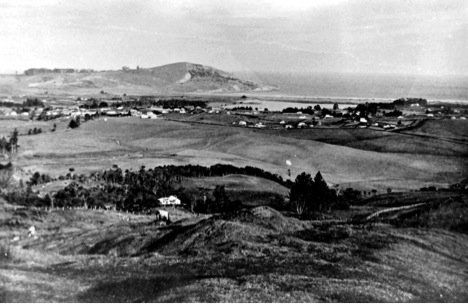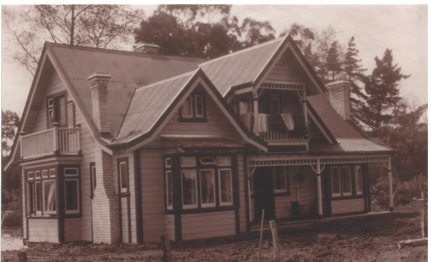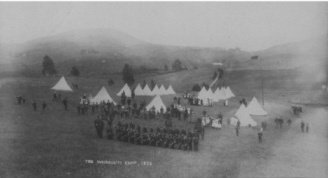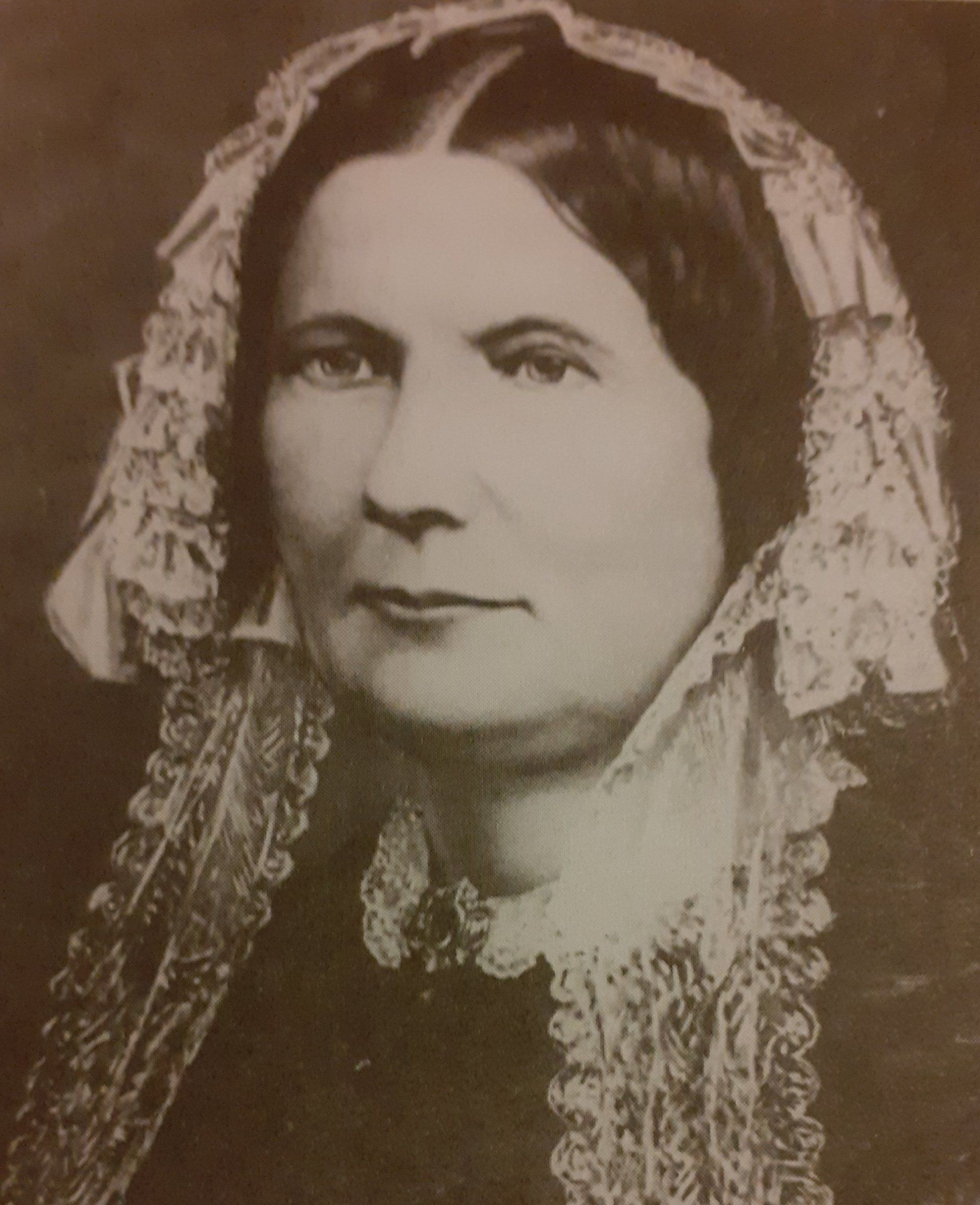Remembering a soldier – James Kirkwood
A tragic tale from the Boer War
When Premier Richard Seddon's offer to Mother Britain to send troops to South Africa in September 1899, New Zealand men responded in overwhelming numbers. However, only men already members of the tiny New Zealand permanent force or a part-time volunteer unit were selected. There was a required age, height, ability to shoot and ride. Many applicants were rejected on the grounds of poor horsemanship.
Not so, young James Kirkwood from Goodwood. He knew horses. Well-built and strong through working as a farrier, he also served as a volunteer for 18 months with the Palmerston Rifles, prior to enlisting on the 3rd of April 1900. He was only 19 and a half years old. After a short stint in a makeshift training facility in Karori Wellington, he was shipped out to South Africa attached to the 7th Contingent.
Conditions were harsh. Limited supplies, scarcity of water, rations consisted of hard army biscuits, bully beef, sugar and tea. Along with the stress of combat, soldiers and their horses had to cope with extreme heat during the day which gave way to freezing nights. There were long days, up at 4am for 12 hourly patrols.
The horse played a vital role in the life of a New Zealand soldier. On horseback a soldier was able to cover great distances across the veldt (open plains) where most of the conflict took place and keep up with the hit and run tactics of the Boer guerrillas.
Young James endured all this for almost two years when tragically and shockingly he lost his life. He was accidentally shot by a fellow soldier on the night of the 18th of February 1902 with little more than 3 months left before the war ended with a British victory. He was exactly twenty-one and a half years old. So cruel and horrific for his parents John and Janet Kirkwood. He is buried where he died at Reitspruit Farm in Orange River Colony. He was awarded both the Orange Free State and the South African 1901 and 1902 clasps. James Kirkwood was only one of many brave young New Zealanders who gave their lives in this conflict far from home.
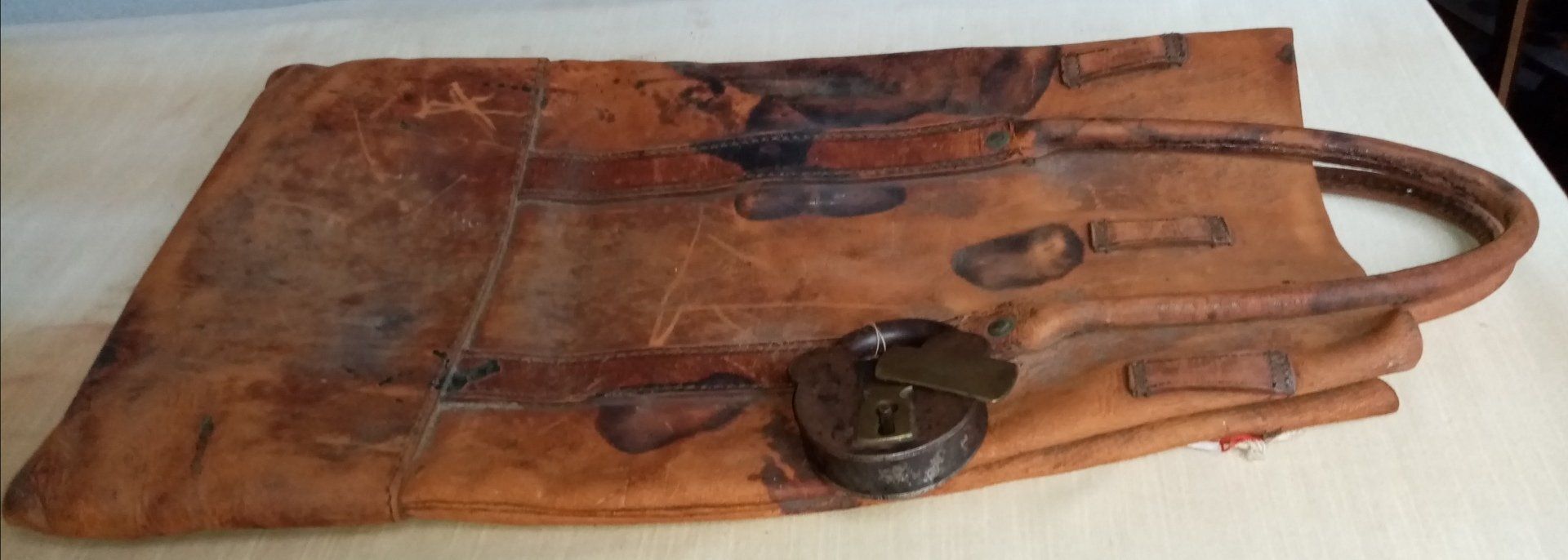
Visitor Survey
Please take a moment to complete a short survey on the museum.
